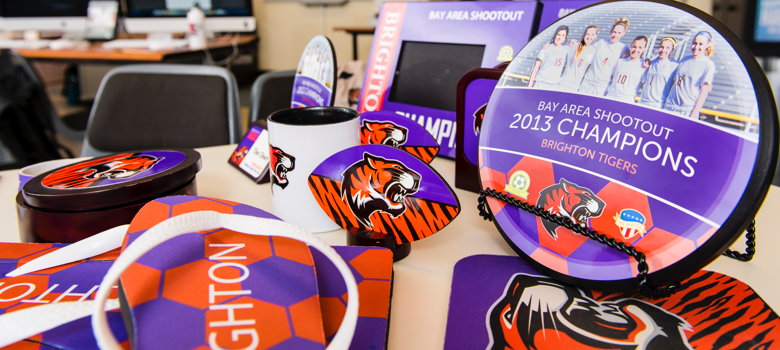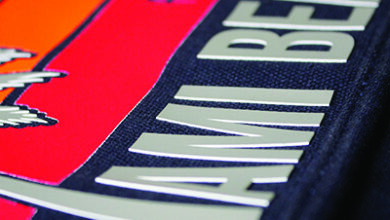
- Always use the recommended paper and substrates for sublimation transfers — variations in paper and substrate quality lead to variations in print, transfer, and finished product quality.
- Print your images approximately 1/4″ to 6 millimeters larger than the size of the substrate you are transferring to. This allows a margin of error when aligning everything under the heat press.
- Higher temperatures generally require less time to prevent scorching. This is when the substrate and transfer paper become too hot for too long, resulting in browning of the paper, blurring of the image, incomplete transfer, and other similar issues.
- An insufficient time and temperature combination could hinder the complete transfer of the sublimation inks to the substrate, which may then appear washed out. Try increasing your temperature and/or time to get a more complete transfer. Pressure may also need to be increased, especially if the image is washed out only in specific areas of the substrate and not the whole surface.
- After transferring the image to the substrate, promptly remove the transfer paper. Do not stack the transferred items with anything else until they have completely cooled. You can remove any paper residue left on the substrate after transferring with isopropyl alcohol.



